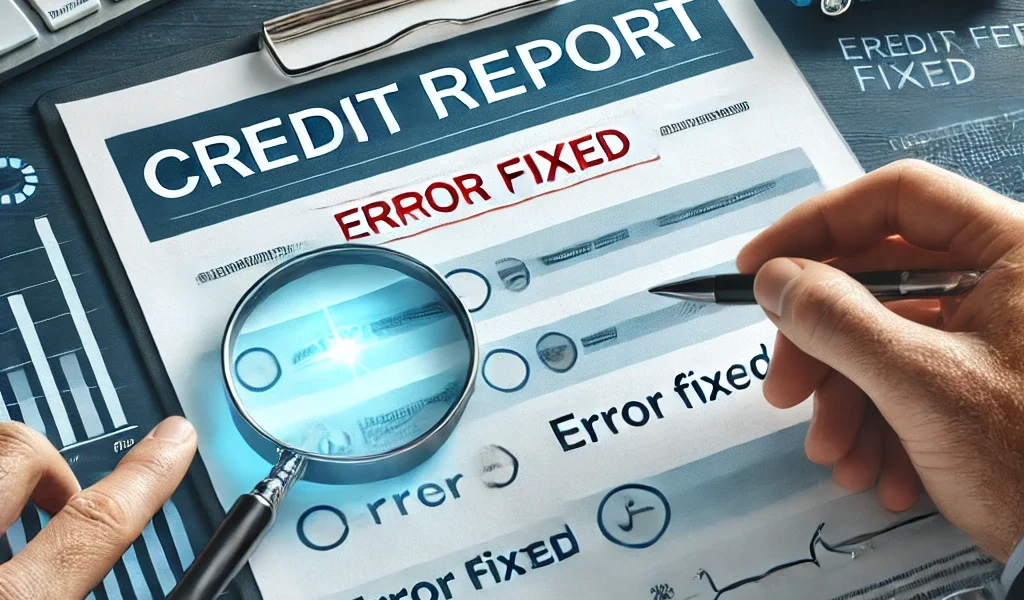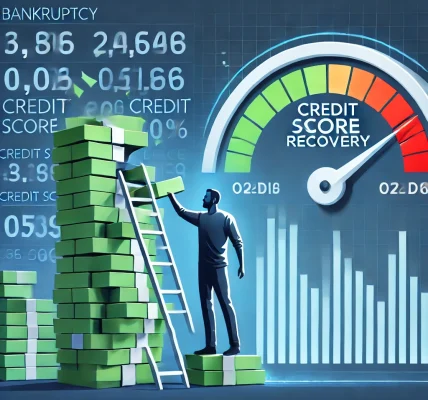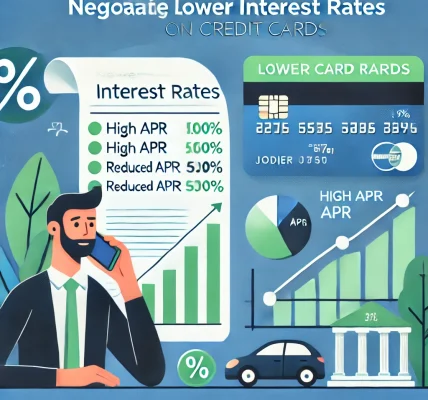Introduction
Your credit report plays a crucial role in determining your financial health, influencing everything from loan approvals to interest rates. Unfortunately, credit report errors are common and can unfairly lower your credit score. Identifying and correcting these mistakes is essential to ensuring your creditworthiness. This DIY guide will walk you through the process of detecting and disputing credit report errors, helping you boost your credit score effectively and legally.
Why Credit Report Errors Matter
Errors on your credit report can lead to:
- Lower credit scores, affecting your ability to secure loans or credit cards.
- Higher interest rates, costing you more over time.
- Loan rejections, making it difficult to obtain mortgages, auto loans, or personal credit.
- Employment risks, as some employers check credit reports during hiring.
Identifying and disputing errors promptly can prevent these issues and improve your financial standing.
Step 1: Obtain Your Credit Report
You are entitled to a free credit report from each of the three major credit bureaus—Experian, Equifax, and TransUnion—every 12 months. To obtain yours:
- Visit AnnualCreditReport.com (the only official free source).
- Request reports from all three bureaus to compare for discrepancies.
- Review your report carefully for inaccuracies.
Step 2: Identify Common Credit Report Errors
When reviewing your credit report, watch out for the following errors:
1. Personal Information Errors
✅ Misspelled name, incorrect Social Security Number (SSN), wrong address, or phone number.
2. Account Errors
✅ Accounts that don’t belong to you (could be a mix-up or identity theft). ✅ Incorrect account status (e.g., a closed account reported as open or vice versa). ✅ Duplicate accounts, making it look like you have more debt than you do. ✅ Incorrect balance or credit limit reporting.
3. Payment History Errors
✅ Late or missed payments wrongly reported. ✅ Accounts marked as delinquent when they are in good standing. ✅ Incorrect dates for payments or loan origination.
4. Public Record Errors
✅ Bankruptcies, judgments, or tax liens that don’t belong to you or are outdated.
5. Fraudulent Accounts
✅ Unauthorized accounts opened in your name due to identity theft.
Step 3: Gather Supporting Evidence
Before filing a dispute, collect evidence to support your claim. This may include:
- Bank statements
- Payment receipts
- Correspondence with lenders
- Identity documents (to correct personal details)
Step 4: Dispute Errors with the Credit Bureaus
You can dispute errors online, by phone, or via mail with the respective credit bureaus.
Online Dispute Links:
- Experian: www.experian.com/disputes
- Equifax: www.equifax.com/personal/disputes
- TransUnion: www.transunion.com/dispute
Sample Dispute Letter (If Filing by Mail)
[Your Name]
[Your Address]
[City, State, ZIP Code]
[Date]
[Credit Bureau Name]
[Credit Bureau Address]
[City, State, ZIP Code]
Subject: Dispute of Incorrect Credit Report Information
Dear [Credit Bureau],
I am writing to dispute an inaccuracy in my credit report. Below are the details:
- **Account Name**: [Bank/Lender Name]
- **Account Number**: [XXXX-XXXX-XXXX]
- **Issue**: [Incorrect balance/missed payment/wrong account status]
Attached are copies of supporting documents that verify my claim. Please investigate this matter and correct the error as soon as possible.
Sincerely,
[Your Name]
[Your Contact Information] Step 5: Follow Up and Monitor Your Credit
After filing a dispute:
- Credit bureaus have 30 days to investigate and respond.
- If they correct the error, request an updated credit report.
- If they reject your dispute, you can request a reinvestigation or add a consumer statement to your report.
- Continue monitoring your credit score through free platforms like Credit Karma or Experian.
How Correcting Errors Can Improve Your Score
Once errors are removed, you may see a credit score increase within a few months. This can help you:
- Qualify for lower interest rates.
- Get approved for credit cards or loans.
- Improve your overall financial stability.
Conclusion
Mistakes on your credit report can cost you money and opportunities, but they don’t have to be permanent. By following this DIY guide, you can dispute errors, improve your credit score, and take control of your financial future.
📢 Key Takeaways: ✔ Always check your credit report for errors annually.
✔ Common errors include incorrect personal details, payment history mistakes, and fraudulent accounts.
✔ Dispute errors with credit bureaus online or by mail with supporting evidence.
✔ Follow up and monitor your credit regularly for continued accuracy.




